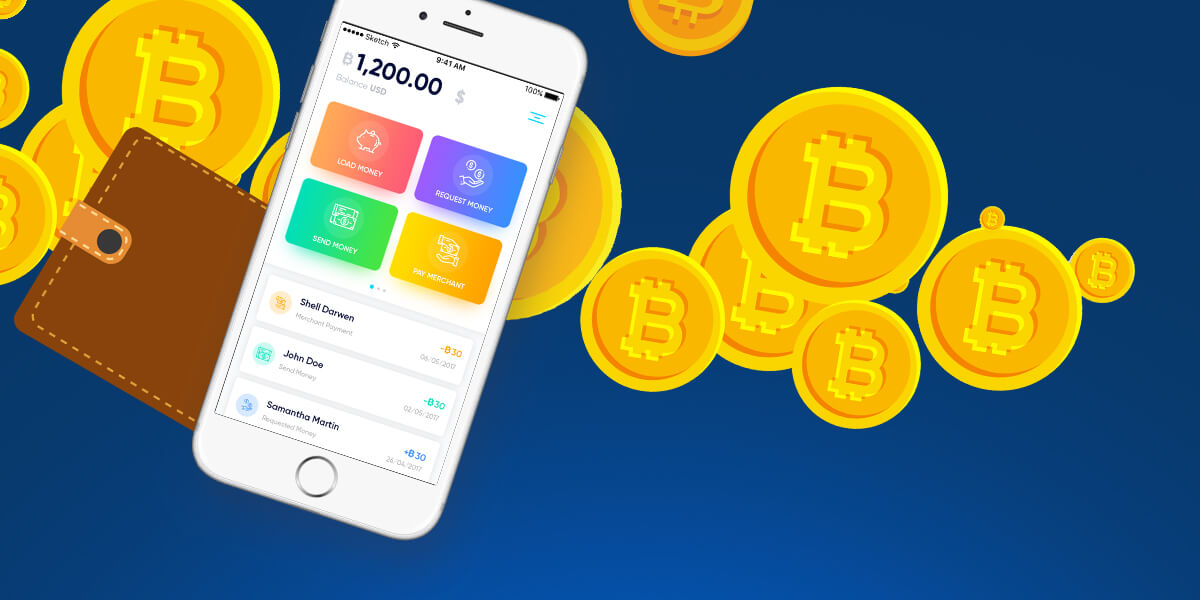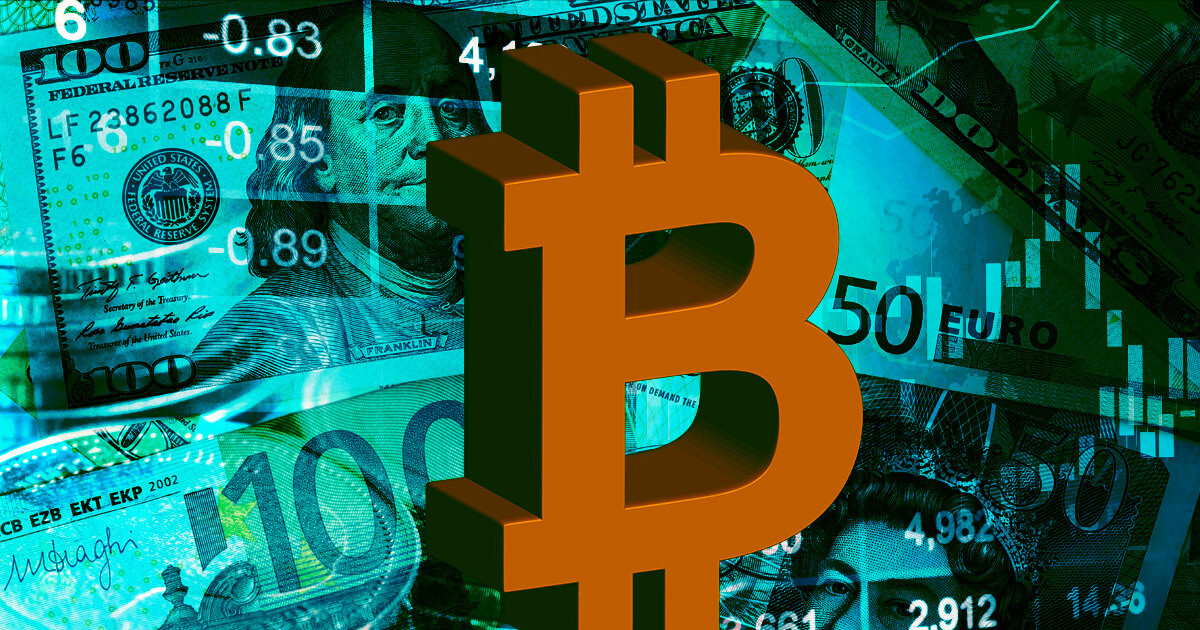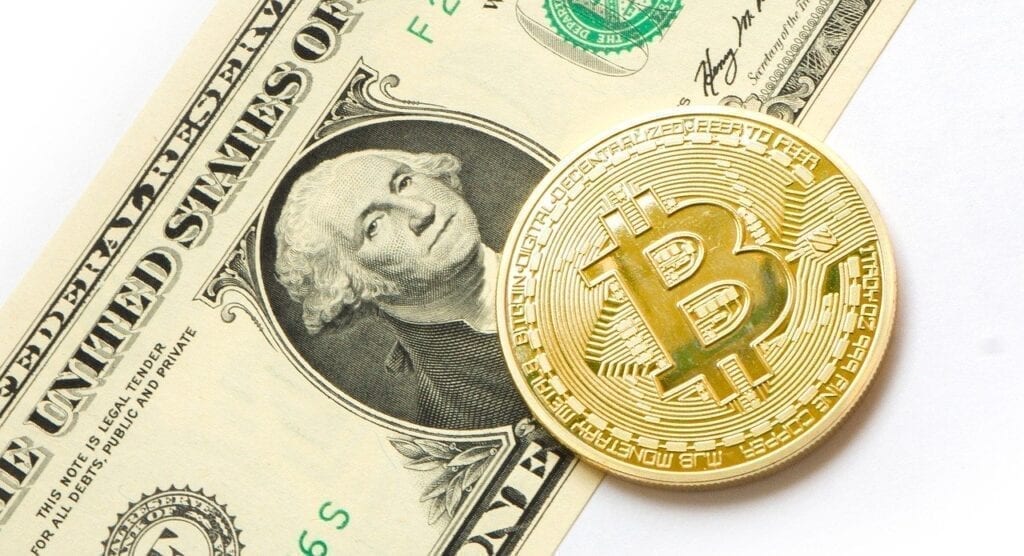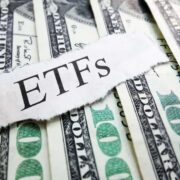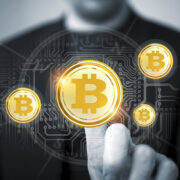
Digital art has existed for decades, but when it comes to the commercial world, it has been underappreciated and excluded from the art market. However, things have changed, thanks to the rise of NTFs. NFTs have transformed how the world views digital art and fine art. However, NFTs are not a new form of art. They are just tokens that people use nowadays to institute ownership and create scarcity by assigning a high value to an asset. Let us look at how NFTs have transformed the world of digital art and fine art in general.
What Are NFTs?
Non-fungible tokens (NFTs) represent ownership, mostly attached to digital assets. Each tone holds data stored in the blockchain and establishes security and transparency in proof of ownership. Therefore, it is easy to track down who owns a certain asset. It is crucial to learn what NFTs are and how to buy NFT to understand how they mesh in the art world. In fine art, NFTs represent ownership of a digital piece of art. It can be digital art or physical artwork converted into digital format.
NFTs and Digital Art
Digital art is a section of art that is created using digital methods in the process. For instance, digital paintings, photographs, illustrations, videos, or drawings are digital art. However, even if digital art has existed for decades, it has not been popular as its counterpart, traditional art, and not many people have been collecting it. The main reason is that it was hard to differentiate original pieces from counterfeits.
Thanks to NFTs, digital art has become a valuable and most collected commodity. This is because of the interference of blockchain technology that has facilitated the authentication of digital art and establishing ownership. Now that replicas can be recognized, digital art has become a valuable digital asset.
Another issue is that digital art was not recognized as real art because of its lack of value. However, digital art requires the same creativity, vision, and skill as traditional art makes it real art. Furthermore, art expresses human creativity and imagination visually, which is exactly what digital art is. Therefore, since its attachment to NFTs, the world of fine art has recognized it as real art. In short, NFTs have transformed digital art by facilitating a way for them to be recognized as valuable assets.
NFTs and the Art World
Today, there is a global art market for digital art since this art can now be owned. In return, the global market has led to a new generation of traders, collectors, and investors because of digital art’s increasing value and popularity. Even though NFTs have established ownership and scarcity of collectibles, digital art is still widely available. However, that does not mean its prevalence depreciates its value. It means people can enjoy the collective experience of artwork.
Summary
It is hard to ignore the transformation NFTs have made in the art world, specifically for digital art. Today, the world recognized digital art and has put more value on it. Even with its availability, people can still establish ownership and scarcity. In short, NFTs have raised the recognition of digital art as real art and given it value.


